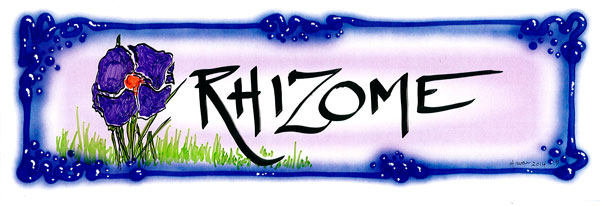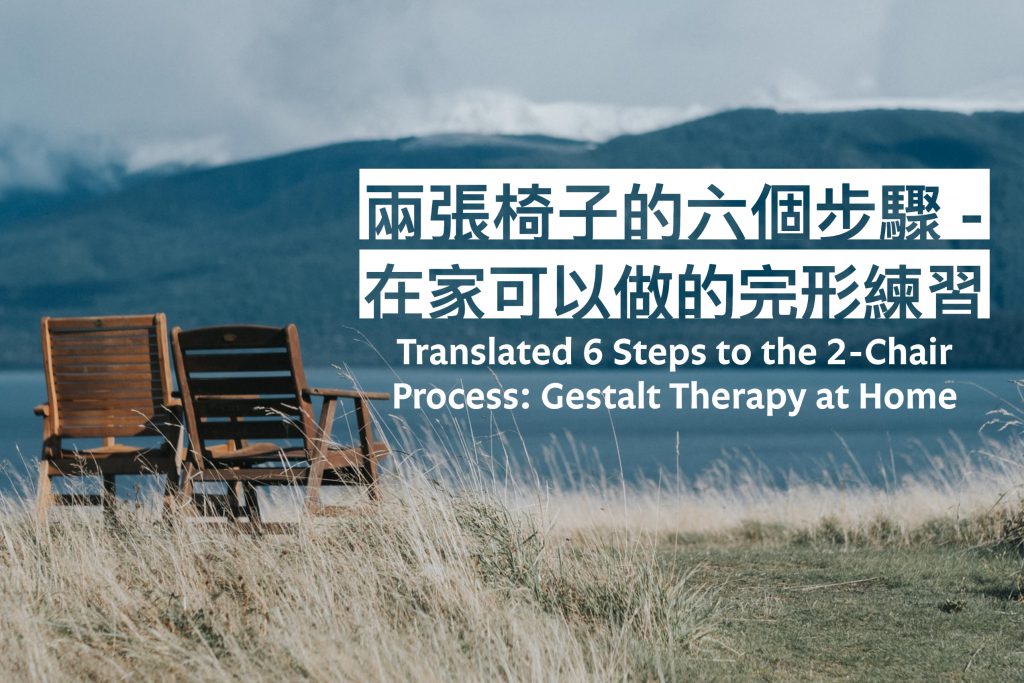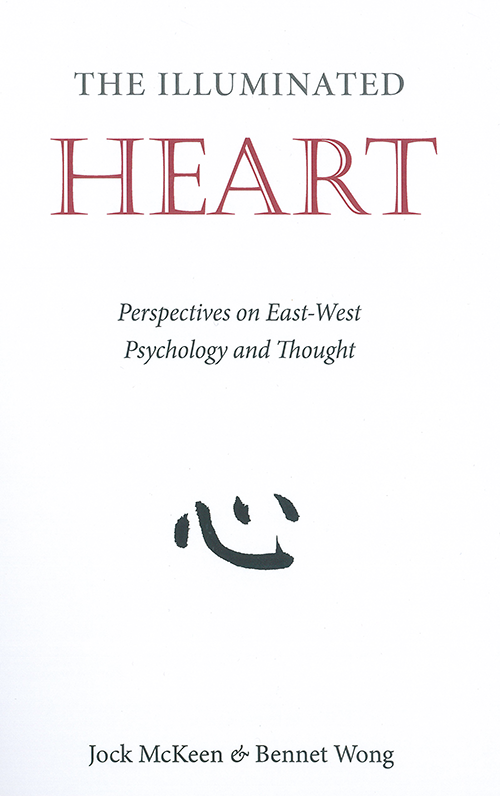2014: The Year of The Rhizome!
By Toby Macklin and Rachel Davey
Let’s start with the obvious question:

What is a rhizome?
Ginger is the rhizome of the plant Zingiber officinale
A rhizome is a root-like stem that grows horizontally on or just under the surface of the ground, and is capable of producing shoots and roots from its nodes. Irises, ginger, and potatoes are examples. Continuously growing, with no centre and no defined boundary, they are made up of a number of semi-independent nodes, each of which is capable of growing and spreading on its own.
It’s not just small plants that have rhizomes. Pando (Latin for “I spread”), also known as The Trembling Giant, is a colony in Utah of a single male quaking aspen. The plant is estimated to weigh collectively about six million kg, making it the heaviest known organism on the planet. The root system of Pando, at an estimated 80,000 years old, is among the oldest known living organisms.
Morris Lamrock, an environmental educator working with the Department of the Environment in the Yukon, wrote about Pando in Shen (2008):
“One particular grove in Utah was counted by researchers to contain 47,000 individual tree trunks … To me this is remarkable. For years my formal schooling in Forest Engineering taught that a forest is made up of individual and separate trees. This is not always true; in fact it may come to be soon widely accepted that trees in a forest are more like fingers on the same hand … Science continues to provide proof of what spirit has been saying for eons. What often appears on the surface as separate, when we dig a little deeper, can be shown to be irrefutably similar, if not the same. Perhaps there really is no separation at all.”

Pando covers 107 acres of the Fishlake National Forest in Utah
Thinking Rhizomatically

Gilles Deleuze and Félix Guattari developed the concept of the rhizome in philosophy in the 1970s. Deleuze called it an “image of thought” that apprehends multiplicities.
The image of the rhizome found its way into philosophy in the 1970s through the work of Gilles Deleuze and Félix Guattari. They argued that culture, history and thought should be portrayed as a map or wide array of attractions and influences, with no specific genesis or origin. They contrasted this with modes of thinking that invoke cause and effect, one separate thing acting on another through time, with a beginning or source and a conclusion or pinnacle. Whereas this “arborescent” (i.e., growing like a tree) model works with vertical and linear connections, a rhizomatic model works with planar connections on many levels, in a highly complex network of interdependence.
This thinking has extended now into many fields, from economics to neuroscience to biology to education. Rhizomatic education, for example, works on the assumption that people learn different things at different times through varying desires, needs, and relationships. There is no fixed, hierarchical curriculum, but rather a network of interdependent learning. This is clearly experienced at The Haven.
Rhizomatic thinking can be most helpful as a way of understanding and encouraging collaboration. The collaborative effort of Wikipedia, for example, has been described as the largest rhizomatic structure ever created by humankind. One might say that The Haven has developed over the last 30 years in this rhizomatic, collaborative way. Recently this has been seen quite explicitly in the instigation in 2013 of The Haven Masterplan, which has incorporated opinion and expertise from a wide range of people and institutions and will in the years to come find physical expression around the property and in the continuing, complex, interdependent network of attractions and influences, relationships and learning.
If you would like to find out more about rhizomes and rhizomatic approaches, the internet (now there’s a rhizome to reckon with) is a good place to start. As a great introduction, we recommend this RSA Animate on The Power of Networks and the Challenge of Mapping an Increasingly Complex World.
You might already have picked up some ideas about the second most obvious question:
Why is Rhizome The Haven’s 2014 word of the year?
Here are some personal thoughts and some background on that, from Rachel Davey, The Haven’s Executive Director:
It’s become a fun new tradition to select a word for the year at The Haven. This year I put out a newsletter and a call on The Haven’s Facebook page for suggestions, and received more than ever before. There were fabulous words, like Embrace, Fulfil, Triumph, Transformation, Mindful … the list could go on. I gave the suggested words to Linda Nicholls and asked if the Reflections participants would like to add some of their own, and then pick their three favourites. After seven years working at The Haven, I should know by now that things are never that simple!
I first saw rhizome on the whiteboard in the Bing room late in the afternoon of December 31. I had no idea what it meant, but it was clear that Linda and the Reflections participants were excited. I was told about roots and lilies and was frankly none the wiser.
One of the benefits of attending the Follies is that you get to have a say in the selection of The Haven’s word of the year. Before I introduced the words, two of the Reflections participants, one of whom was Kevin, Ben Wong’s son, came to the stage to talk about why they thought rhizome was a great word for The Haven in 2014. They both mentioned that it was a concept that Ben had talked about in Reflections and they thought that its meaning and its association with Ben made it ideal. By acclamation the audience agreed!
Now the work began in earnest! I began researching the word, and then gratefully passed the task onto Toby Macklin (editor of the Shen blog and my husband) who wrote the first half of this article. At first I was discouraged, as the definitions I found did not seem to match what had been said about the word. That did not last long, however, as words like ‘interdependence’, ‘collaborative’, ‘connections’, ‘network’ began to emerge. The article from 2008 in the Shen demonstrated once again that there is no such thing as coincidence.
The clearest connection for me between The Haven and rhizome comes when I think of all the hundreds of participants who have passed through The Haven and taken what they have learned back into their lives. People transform their lives in an enormous range of different ways after taking a Haven program. Some come back and do more programs, some do not. What is most exciting, however, is that there is a vast network of people out there whose lives have been touched by the programs and models that Ben and Jock created and that network is growing and will continue to flourish into the future.
So The Haven’s word of the year has been quite a process for me, which has included resistance, excitement and all points in between. It’s provided the perfect opportunity for me to put into practice my own word for 2014, which is SUPPLE!
Best wishes for 2014 from me and everyone here at The Haven.

The 2013/14 Reflections with The Haven’s 2014 word: Rhizome!







